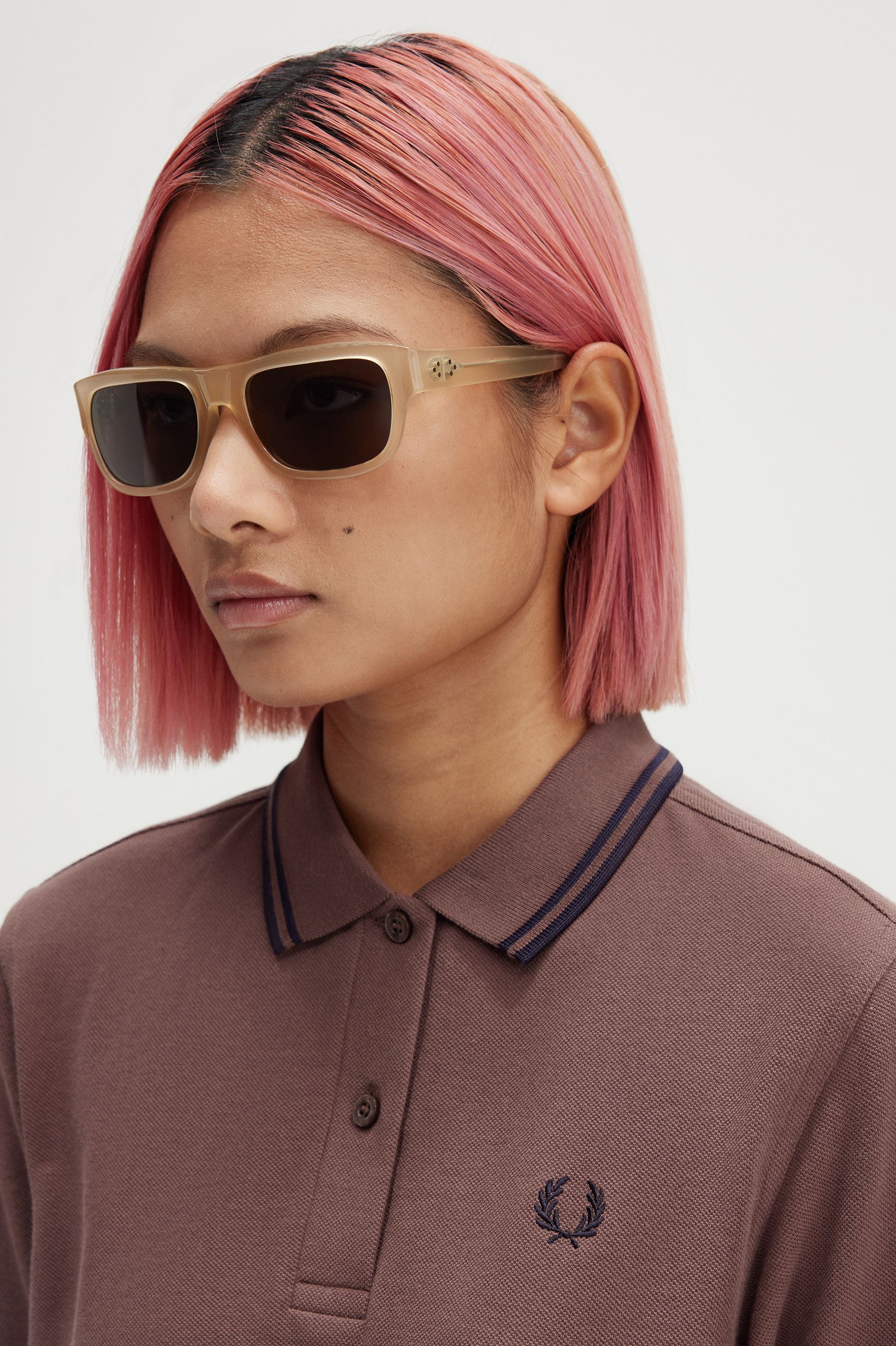British heritage brands collaborate

Yvan frame was made famous by Sir Michael Caine
British heritage eyewear brand Curry & Paxton has partnered with iconic British fashion label Fred Perry to launch the latter’s first eyewear product.
Curry & Paxton’s iconic Yvan frame has been reworked in black and champagne colourways to reflect Fred Perry’s definitive style – represented by the black polo shirt with champagne tipping.
Peter Lynes, Curry & Paxton CEO, said: “When we considered this inaugural collaboration it felt so natural that it should be Fred Perry. Bringing together two of the greatest British heritage brands with unrivalled histories, our iconic Yvan frame is the perfect accompaniment to the Fred Perry shirt. First worn by Sir Michael Caine during the 1960s, the frame is a timeless classic and, as with the Fred Perry shirt, recognised the world over and continues to appeal to global fans.”
Established in 1886, Curry & Paxton’s archival Yvan frame became a legendary eyewear style thanks to British film actor Sir Michael Caine when starring in the Len Deighton spy film, The Ipcress File in 1965.
A fan of the brand, Caine revisited the frame again in 1969, sporting the Yvan sunglasses in the one of the most popular British films of all time The Italian Job. Michael went on to wear the frame both on and off screen throughout the 1970s and 80s.
Today, the Curry & Paxton x Fred Perry Yvan frame is made using premium quality cellulose acetate from Italian manufacturer, Mazzucchelli, with Zeiss lenses. The hinges are five barrelled, creating the Curry & Paxton six pin logo featured on the original frames. And staying true to its British roots, the frame is handmade in the workshop in East London.
Richard Gilmore, Fred Perry managing director, said: “We’re excited to partner with Curry & Paxton on our first ever eyewear product. Both brands are shorthand for originality, rooted in the British psyche via film, craftsmanship and men’s style, resonating globally. The sunglasses come in two colours, inspired by the most rebellious of Fred Perry Shirt colours – black and champagne, the shirt that’s been a piece of subcultural uniform since the 1950s.”